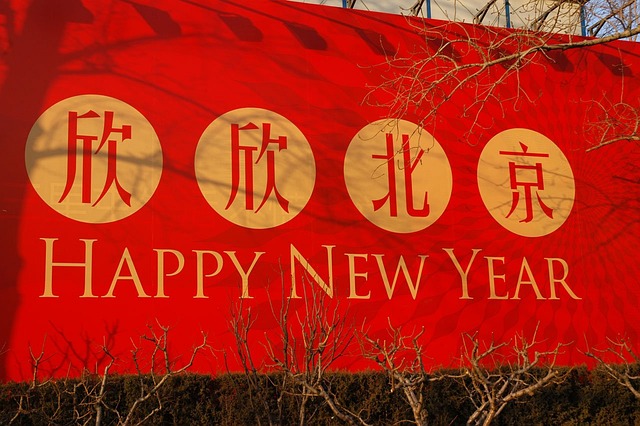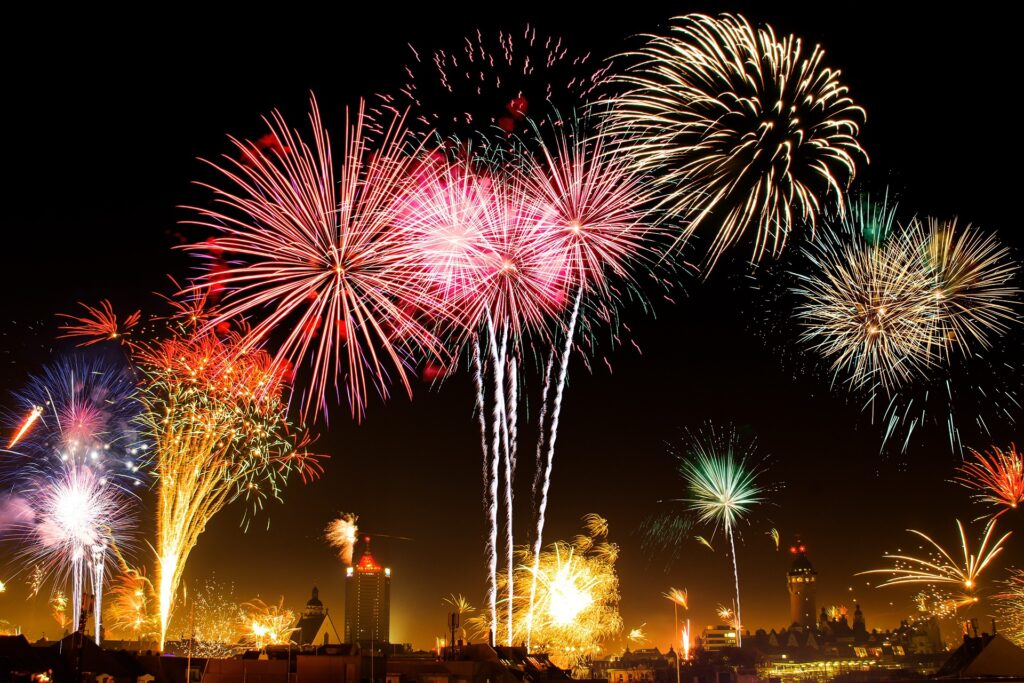You Knows When ‘Chinese’ New Year Celebrates?

Chinese New Year, often referred to as the Spring Festival, holds significant cultural importance as it heralds the start of the year according to the traditional Chinese calendar. Embraced as the paramount holiday in China, it resonates worldwide, observed by millions across the globe, especially in nations with substantial Chinese communities such as Singapore, Vietnam, and Indonesia.
Traditionally spanning from late January to mid-February, this festivity embodies a rich tapestry of cultural rituals and customs. It serves as a cherished occasion for families to reunite, fostering celebrations that mark the commencement of a new year.
Chinese New Year History

The roots of Chinese New Year trace back to ancient China, initially serving as a time for venerating ancestors and commemorating the end of the wintry season. It carried spiritual significance, with beliefs centering on how actions taken during this period could influence fortunes and prosperity in the forthcoming year.
As time progressed, Chinese New Year underwent a transformation into a more secular celebration, blending traditional religious facets with diverse cultural practices. These customs, including the gifting of red envelopes with money, adorning spaces with lanterns and decor, and engaging in traditional performances of music and dance, have been transmitted through generations, remaining integral to the holiday’s essence.
The global celebration of Chinese New Year has transcended borders, embraced by millions worldwide, symbolizing a source of cultural pride and unity within the Chinese community. Despite centuries of evolution, the holiday retains its significance, continuing as a cherished and valued tradition among individuals of Chinese heritage.
How Chinese Celebrate New Year
he festivities of Chinese New Year vary significantly based on regional distinctions and diverse cultural customs observed by individuals celebrating the occasion. While the essence remains rooted in unity and cultural heritage, it serves as an occasion for rejoicing in traditions and embracing the upcoming year with anticipation and positivity. Common practices during Chinese New Year encompass
Home & Public place decorations
As red is considered a lucky color in Chinese culture, people often decorate their homes and public spaces during Chinese New Year with lots of red lanterns and other festive decorations of that color.
Exchanging Red Packets
During Chinese New Year, the tradition of gifting red envelopes, known as “hongbao,” is prevalent. These envelopes, filled with money, symbolize auspiciousness and are typically given to children and unmarried individuals.
Indulging in Traditional Cuisine
Celebrations involve savoring special foods believed to bring good fortune, including dishes like fish, dumplings, and various fruits, all considered to carry symbolic significance for the new year.
Engaging in Festive Cultural Displays
Chinese New Year is often highlighted by vibrant parades and cultural exhibitions featuring captivating dragon and lion dances, frequently performed by martial arts enthusiasts.
Reunion and Togetherness
The holiday emphasizes the significance of familial and social bonds. Many people make journeys to unite with their families, fostering moments of closeness and celebration among loved ones during this period.








